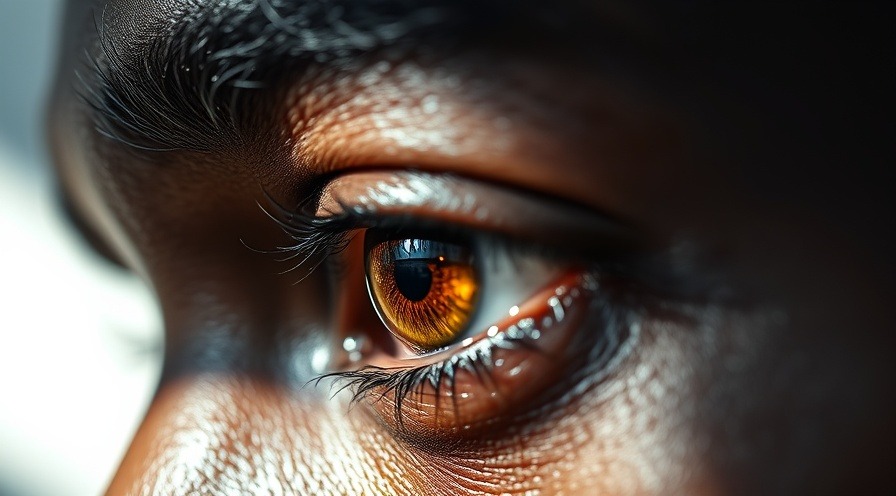
Understanding Visual Snow: A Mysterious Condition
Have you ever seen a flickering or shimmering in your vision that resembles the static on an old TV? This phenomenon is known as visual snow, a visual disturbance that many experience but few fully understand. While it may be a common occurrence for some, for others, it can be a debilitating condition that disrupts daily life.
In What Visual Snow REALLY Looks Like (it can be subtle), the discussion dives into the intricacies of visual disturbances, which inspired us to explore its significance and how it affects everyday life.
What Does Visual Snow Look Like?
Visual snow is often described as a permeating fog of tiny, fast-moving dots that travel across one's field of vision. Some people report seeing them as bright white specks, while others perceive them as colorful motes. The effect resembles the static seen on a TV that isn't tuned to a channel, leaving some viewers questioning the nature of their sight.
The Spectrum of Experience
Interestingly, not everyone experiences visual snow at the same intensity. For some, it is a faint, almost unnoticeable background effect that doesn’t affect their daily activities. In contrast, others may find it overpowering, hindering their ability to read, drive, or even engage in simple conversations. This range shows how varied the human visual system can be and highlights the need for compassion and understanding.
Connecting Visual Snow to Visual Snow Syndrome
The term visual snow syndrome has emerged as a classification for those who find this visual disturbance distressing or disruptive. While visual snow itself can occur standalone, it may also signal deeper neurological conditions in some individuals. Understanding the distinction between occasional visual snow and the syndrome is crucial for affecting treatment options and management strategies.
What Causes Visual Snow?
While the exact cause of visual snow remains unclear, research suggests that it could be tied to abnormal brain processing. Neurological factors might contribute to how our brains interpret visual signals. Some studies are looking into the relationship between visual snow and conditions like migraines, suggesting a link that could improve treatment awareness. Further research is needed to unveil the complexities of this phenomenon and provide clearer insights to affected individuals.

What Can You Do About It?
If you or someone you know is experiencing visual snow, it’s important to consult a healthcare provider. They can help rule out other visual or neurological conditions and discuss possible coping mechanisms. Treatment might range from lifestyle adjustments to vision therapy, depending on individual cases. Awareness and understanding of this condition can lead to more effective management and support.
The video, What Visual Snow REALLY Looks Like (it can be subtle), sheds light on the experiences of those affected by visual snow. It's insightful to explore how such an invisible yet prevalent condition can impact lives. Learning about visual snow could not only foster empathy but also encourage conversations that lead to greater awareness and potential solutions.
Disclaimer: This article is for informational purposes only and should not replace professional medical advice. Always consult with your eye care professional or healthcare provider before making significant dietary changes or if you have concerns about your vision or eye health.
 Add Row
Add Row  Add
Add 




 Add Row
Add Row  Add
Add 

Write A Comment